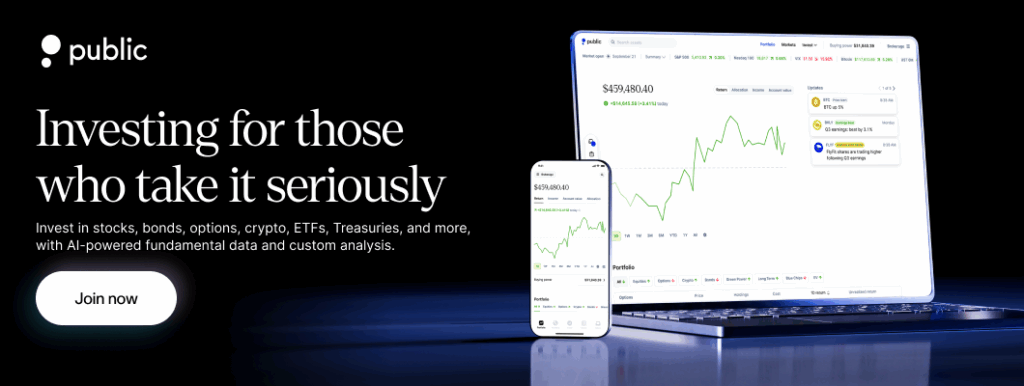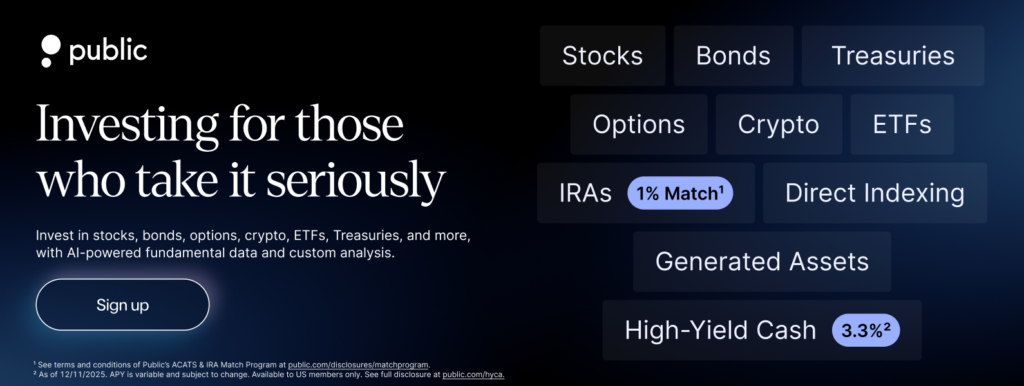If you follow financial news, you’ve likely heard the term “Fed tapering” pop up during discussions about the stock market and the broader economy. As an investor, understanding what tapering means, why the Federal Reserve (the Fed) does it, and how it can affect your investments is crucial for making sense of market moves and headlines. This blog will walk you through the essentials of Fed tapering, its observed impacts on stocks, and many more.
So let’s get started.
What is Fed tapering?
Tapering refers to the gradual reduction of the Federal Reserve’s bond-buying activities. If you’ve followed the markets during times of economic uncertainty—such as the COVID-19 pandemic—you may have noticed the Fed taking action to stabilize the economy by purchasing large amounts of government bonds and other securities.
These purchases are part of a strategy called quantitative easing (QE). The goal of QE is to keep interest rates low, increase liquidity, and encourage borrowing and spending. This, in turn, may support economic activity during a downturn.
When the economy begins to recover, the Fed may decide to taper or reduce the amount of these bond purchases. Tapering doesn’t mean the Fed is raising interest rates (though that may come later), but it does signal a shift away from its ultra-loose monetary policy toward a more neutral stance. Essentially, tapering is a way for the Fed to step back from the extraordinary support it has been providing.
Why does the Fed taper?
The Federal Reserve usually tapers when it believes the economy is stable enough to grow without aggressive monetary stimulus. That decision is based on several indicators, such as:
- Rising inflation rates
- Strong employment numbers
- Improved consumer spending and GDP growth
For example, in 2021, the Fed announced it would begin tapering its $120 billion monthly bond-buying program in response to post-pandemic economic recovery and elevated inflation. The tapering started in late 2021 and concluded in early 2022.
This process is often a precursor to raising interest rates. So when you hear that the Fed is tapering, it may signal a shift toward tighter monetary policy in general.
How does tapering impact stocks?
The relationship between tapering and the stock market is complex. Here’s what you might observe:
1. Market volatility may increase
When the Fed tapers, it signals a shift toward less accommodative policy. This may trigger uncertainty and increased volatility in both stock and bond markets, especially if investors are caught off guard.
Example:
In 2013, when then-Fed Chair Ben Bernanke hinted at tapering, markets reacted sharply in what became known as the “taper tantrum.” Bond yields spiked, and stocks experienced a period of volatility. However, in more recent episodes, the Fed’s careful communication has helped limit such reactions.
2. Interest rates may rise
Tapering tends to put upward pressure on long-term interest rates, such as those on 10-year Treasury notes. Higher rates can make borrowing more expensive for companies and consumers, potentially slowing economic growth. Rising rates can also make bonds more attractive relative to stocks, which may influence investor behavior.
Stocks may sometimes react negatively to tapering announcements, especially if investors worry that reduced stimulus will slow economic growth. However, the actual impact often depends on broader economic fundamentals, such as corporate earnings and the overall health of the economy.
Example:
When the Fed announced tapering in November 2021, the S&P 500, Nasdaq, and Dow all closed higher that day, suggesting that markets had already priced in the news thanks to the Fed’s transparency. In contrast, the 2013 taper tantrum saw more pronounced volatility.
4. Sector and asset class effects
- Growth stocks: Companies that rely on cheap borrowing may be more sensitive to rising rates.
- Financials: Banks and other financial institutions sometimes benefit from higher interest rates.
- Emerging markets: Tapering in the U.S. may lead to capital outflows from emerging markets, affecting their stocks and currencies.
5. Investor sentiment and expectations
Markets are forward-looking. If investors believe that tapering means interest rate hikes are coming soon, they may adjust their portfolios accordingly. However, the Fed has emphasized that tapering does not automatically signal imminent rate increases.
What you can watch for
If you’re following Fed policy and its potential impact on your investments, you may consider monitoring:
- FOMC meeting minutes: Released roughly three weeks after each Federal Open Market Committee meeting.
- Speeches from Fed officials: Public remarks by the Fed Chair and regional presidents often offer clues about future policy.
- Interest rate trends, especially for U.S. Treasury yields
- Economic indicators such as employment, inflation, and corporate earnings
By staying informed, you may better understand what’s driving headlines and market shifts, even if you’re not making any immediate changes to your investment strategy.
As you monitor these signals, you might also be thinking about how to position your cash or investments during policy transitions like tapering.
Explore a multi-asset portfolio with Public.com
We at Public.com provide a range of investment options that may help you navigate shifting economic policies—whether by earning competitive yields on cash, diversifying with ETFs, or investing in government-backed securities. With Public.com, you can access:
- High-Yield Cash Account: You can earn an industry-leading 3.3% APY* with zero fees and up to $5M FDIC insurance—that’s 20x the standard coverage.
- ETFs: Explore sector-based ETFs that may align with shifts in the economy or interest rate cycles.
- U.S. Treasury Securities: Invest in a range of government-backed securities—including T-Bills, T-Notes, and T-Bonds—directly through Public. You can view transparent timelines, yields, and maturity options to match your preferences.
Beyond these, Public offers individual stocks, bonds, options, IRAs, and cryptos, which can help you build a multi-asset portfolio. Join Public.com today and start exploring all asset classes on one platform, alongside insights that may help you stay informed.
Bottom line
Fed tapering is a gradual process used to scale back extraordinary monetary support as the economy strengthens. While it may lead to short-term volatility in stocks and bonds, market responses often depend on a range of factors, such as inflation data, interest rate expectations, and broader economic sentiment. The Fed’s communication approach can also shape how markets interpret and react to policy changes.
By staying informed on monetary policy, economic indicators, and market trends, you may gain clearer context around stock price movements and sector shifts. Tapering is just one part of the larger picture—and understanding how it fits in may help you feel more confident as you follow the markets over time.


